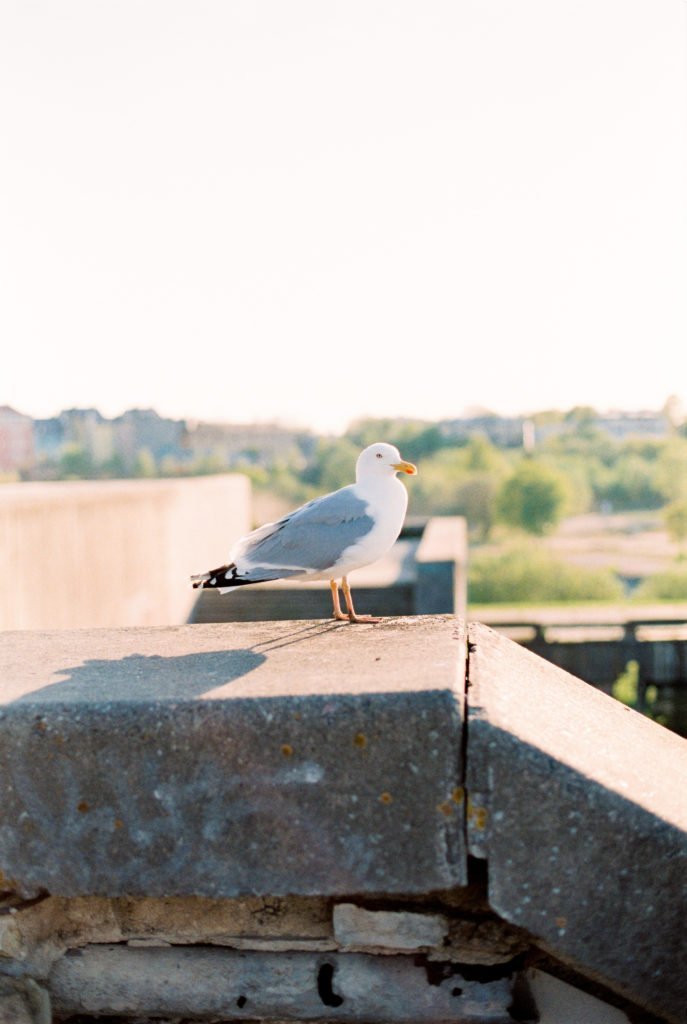It’s warm, but cold. The sun is shining but a cold wind is blowing. I can’t be certain if I’m wearing the right attire, but considering I’m wearing shorts and a long jacket, I feel I’ve done my best to meet the weather somewhere in the middle. I walk closer to the water looking at the small characters on the horizon, they look like ants moving along the concrete edifice. It looks like they’re dancing but I can’t be sure. It looks like they’re dancing on Linnahall.
Linnahall is situated on the harbor, just beyond the walls of the Old Town in Tallinn, Estonia. It was built for the 1980s Summer Olympics. Gradually as time passed, parts of the venue began shutting down. Now it stands, mostly vacant and gaping, into the harbor of Tallinn Bay. But today I notice the numerous colors and shapes of the graffiti on its walls, I listen to the sounds of the seagulls flying overhead, and I smell each wave of briny sea air waft through the air. As I get closer to the water’s edge of Linnahall, I concede that there are definitely people dancing on Linnahall.

Photo: Michelle Mock (2018)

Photo: Michelle Mock (2018)
I watch them dance and drink. I listen to their music, which is as varied as the people who have gathered there to dance. I watch them sweat as they break dance. I watch them high five each other. I watch them kiss under the clear blue skies. I watch them dance on the empty skeletons of stone originally commissioned by the Soviet Union.
Formerly bearing the name Lenin Palace of Culture and Sport when it was built, it was renamed Linnahall after Estonia regained independence in 1991 from communist Soviet Union. Now the structure stands idle and unused; at least in the formal sense. The people dancing on it now are anything but idle. The structure may be vacant of formal, organized activity, but the people here have gathered together for an informal, disorganized activity. It would seem that despite the venue’s obvious vacancy, people still assemble here.
Their physical presence, it would seem, is an act of rebellion in and of itself. Much like Estonia’s renaming of the venue to Linnahall in an effort to shed its ties to the Soviet Union, the people here seem to rebelliously reclaim the building for their own use with informal expressions of their own. They express it by decorating the walls with graffiti, by shattering the cowering silence of the stone structure with their music, by being present in a place that seems, and is in every formal sense, abandoned.
These people are rebels; these people are my kind of people.




